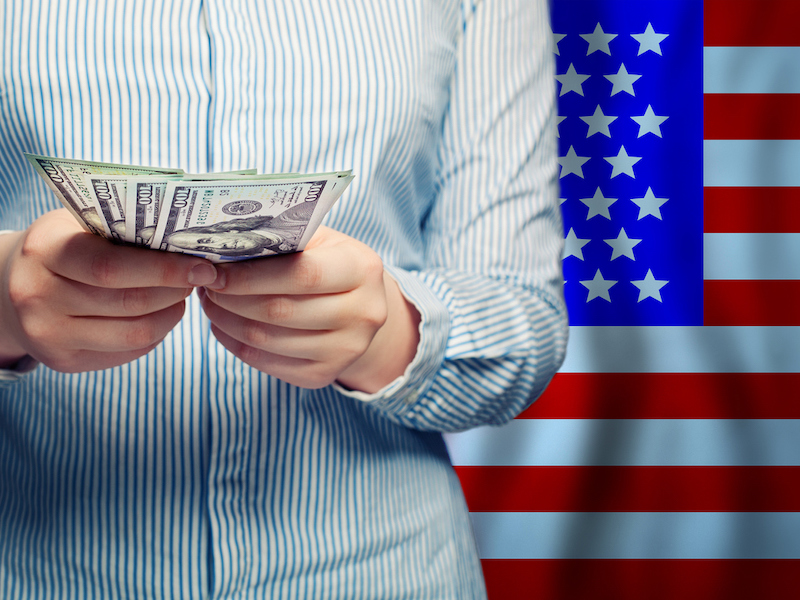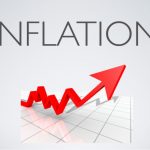#consumer #prices #CPI
“The data may complicate Mr. Biden’s efforts to push through a multi-trillion dollar infrastructure-spending package. Republican lawmakers have said more fiscal spending threatens to push up inflation” — Paul Ebeling
US consumer prices climbed in April by the most since 2009, topping forecasts and intensifying the already-heated debate about how long inflationary pressures will last.
The consumer price index increased 0.8% from the prior month, reflecting gains in nearly every major category and a sign burgeoning demand is giving companies latitude to pass on higher costs. Excluding the volatile food and energy components, the so-called core CPI rose 0.9% from March, the most since 1982, according to Labor Department data Wednesday.
The gain in the overall CPI was twice as much as the highest projection in a Bloomberg survey of economists. Similar to last week’s monthly jobs report, forecasters are struggling to get a handle on the rapidly reopening economy.
The report showed sharp increases in prices for motor vehicles, transportation services and hotel stays as businesses hardest-hit by the pandemic reopen more broadly and vaccinated Americans resume social activities and travel.
Notes: Auto prices soared in the US during April due to limited supply and strong demand. The global chip shortage led by production cuts across the industry and fewer cars hitting dealer lots.
The “across-the-board surge” in auto prices contributed significantly to the highly-publicized jump in US consumer prices. The record 10% increase in used vehicle prices accounted for roughly 33% of April’s overall rise in consumer prices, which is noted to be the sharpest monthly increase in more than 10 yrs.
Shelter costs, which make up another 33% of the overall CPI, jumped by the most in 2 yrs as rents and hotel stays advanced. Prices at hotels and motels increased by the most on record, while airfares also posted the biggest gainer on record a reflection of a broader reopening of the economy.
Transportation services, which includes auto rental, car insurance and public transportation, showed the largest increase since Y 1975.
The annual CPI figure spiked 4.2%, the most since Y 2008, though a figure distorted by the comparison to the VirusCasedemic depressed index in April 2020. This phenomenon will skew the May figure too, likely mudding up the ongoing inflation debate.
It is very important to note that real inflation leaves out food and energy costs plus are not truly reflective of what is going on in the real estate market where inflation is average around 5% annually.
LTN has a deep archive on inflation, to access it click here.
Have a healthy day, Keep the Faith!









